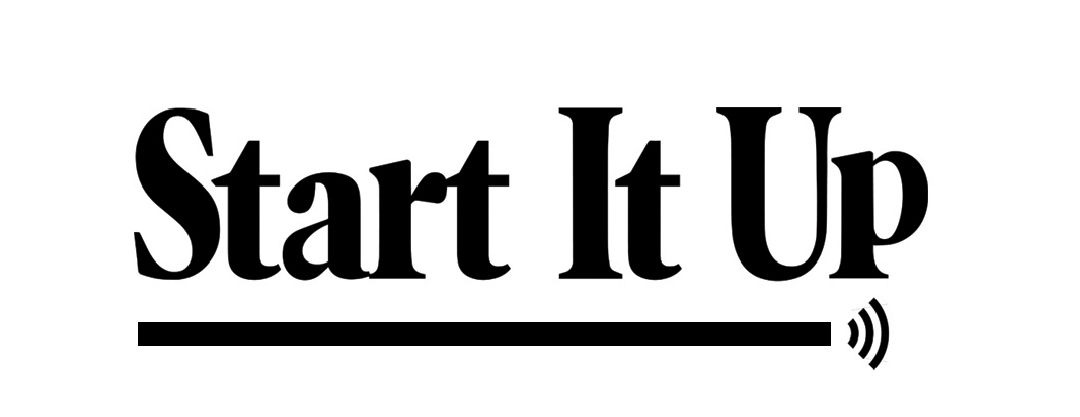Throughout the last decade, cryptocurrency has found a place within the technological world. Bitcoin in particular became the most famous form of digital currency, where a record of transactions is maintained new units of currency are generated through the computational solution of mathematical algorithms, and thus operates independently of a central bank as a result. While bitcoin has gathered most people’s attention, even those uninvolved in finance and technology in their daily life or career, blockchain has garnered recently curiosity from the world. Even though blockchain was first outline in 1991 while bitcoin was launched in early 2009, blockchain had its first real-world application and purpose with the invention of this cryptocurrency.
Blockchain is the record-keeping technology behind bitcoin, and even though its independent and proper definition can be difficult to comprehend, the understanding behind the concept is quite simpler than it seems. When breaking down the definition, blockchain is literally a chain of blocks; from there, a “block” represents the digital information that is stored in the “chain”, or a public database. The “blocks” of the blockchain store information about transactions and participants in the transactions using a digital signatures, as well as information that distinguishes each block through unique code called “hash”. With these parts, a single block on the blockchain can store up to 1 MB of data, meaning that particular block can contain thousands of transactions.
As its name suggests, the structure of the blockchain consists of multiple blocks strung together. Once a block is created to store new data, that block is added to the end of the chain. In order for a block to be added in the first place, certain protocols must occur. Firstly, a transaction must occur, and that transaction must be verified. The verification is the responsibility of a network consisting of about 5 million computers, where they check all new data entries and confirm the correct function of the transaction. Following, the transaction has to be stored in a block, where all of the components of a block described above apply to the new addition of the blockchain. Naturally, the block is then given in hash in order for the latest extension to have a one of a kind identity. The block is also assigned the hash of the most recent block added at the end of the blockchain. Once the new block is added, the block and the entire blockchain itself becomes publicly available to anyone’s eyes.
Blockchain ultimately can be utilized in different fields such as banks, cryptocurrency, health care, property records, and contracts. A survey of 1,000 companies across seven countries were questioned about their integration of blockchain in their businesses, finding that 34% already had a blockchain system established and 41% expected to apply a blockchain production within the next year. Nearly 40% of the surveyed companies claimed their plan to invest $5 million or more in blockchain in the upcoming year.
Although blockchain may seem complicated, the instrument is quite limitless in its qualities and capabilities. Due to the greater user privacy and security, as well as lower processing fees and fewer errors, blockchain’s technology becomes a beneficial application to various businesses present today. As each block has to go through a verification process, the ending results of the blockchain can be characterized as especially accurate and precise; the fact that the required step is executed with a network of computers rather than human beings eliminates any chances of human error. Even if a computer were to make a computational mistake, the error would only affect one copy of the blockchain.
Again because of the verification step included in blockchain, the cost efficiency is much better than any other third-party verification businesses elect to have. Business owners would have to pay a small fee whenever processing credit cards because banks would have to take significant amount of time to process those transactions. When using a cryptocurrency, such as bitcoin, a central authority does not exist, thus eliminating any extra fees.
Blockchain also is difficult to tamper with due to its quality of decentralization. Since the blockchain is copied and spread across a network of computers, each and every computer updates its blockchain whenever a new block is added. With this in mind, the efficiency of delivering changes to millions of computers rather than one central database is relatively high, as the risk of hacking and destruction of the information becomes low. For example, if a hacker gets his hands upon a single copy of the blockchain instead of the whole network, only one set of the information would be compromised.
With the hash code imprinted on each block, ultimately making each block unique from each other, as well as difficult for any changes on the blockchain becoming blindsided. When information on the block is edited, the block’s hashcode changes, yet the hash code of the block following it does not. Security, therefore, is an essential element of the blockchain as it is heightened due to the feature of hash code.
Blockchain has been alive for over twenty years, and yet with the arrival of bitcoin only a decade ago, the older invention became more of a necessity in the cryptocurrency world. With this in mind, blockchain is becoming more and more important in company operations due to the accuracy, efficiency, and security blockchain brings to the table compared to other tech record-keeping services.

